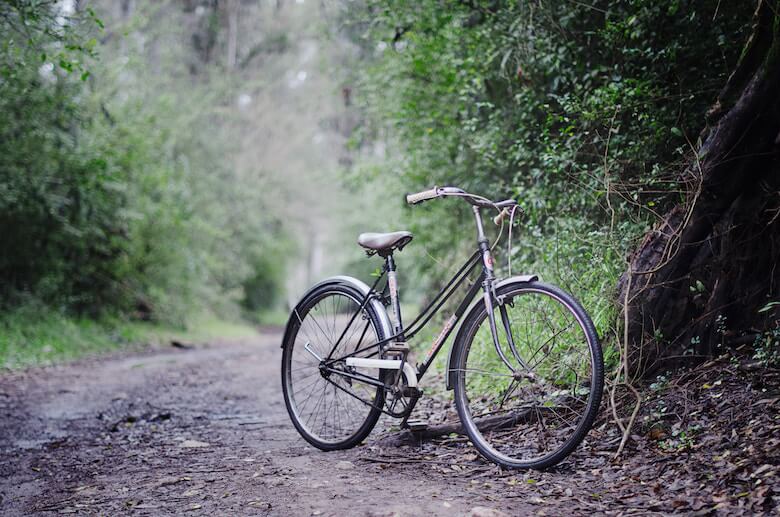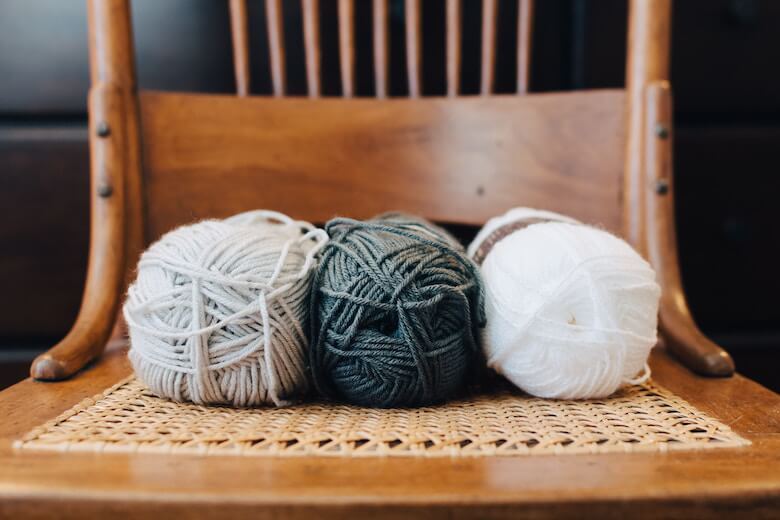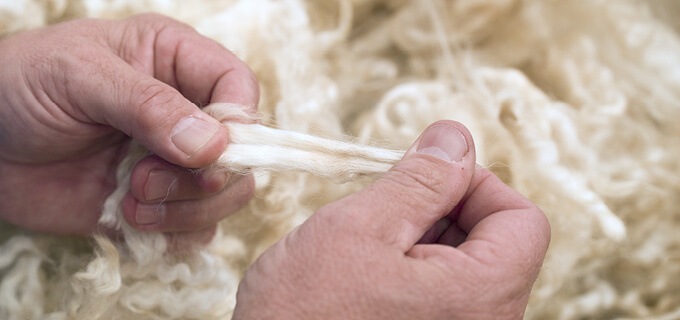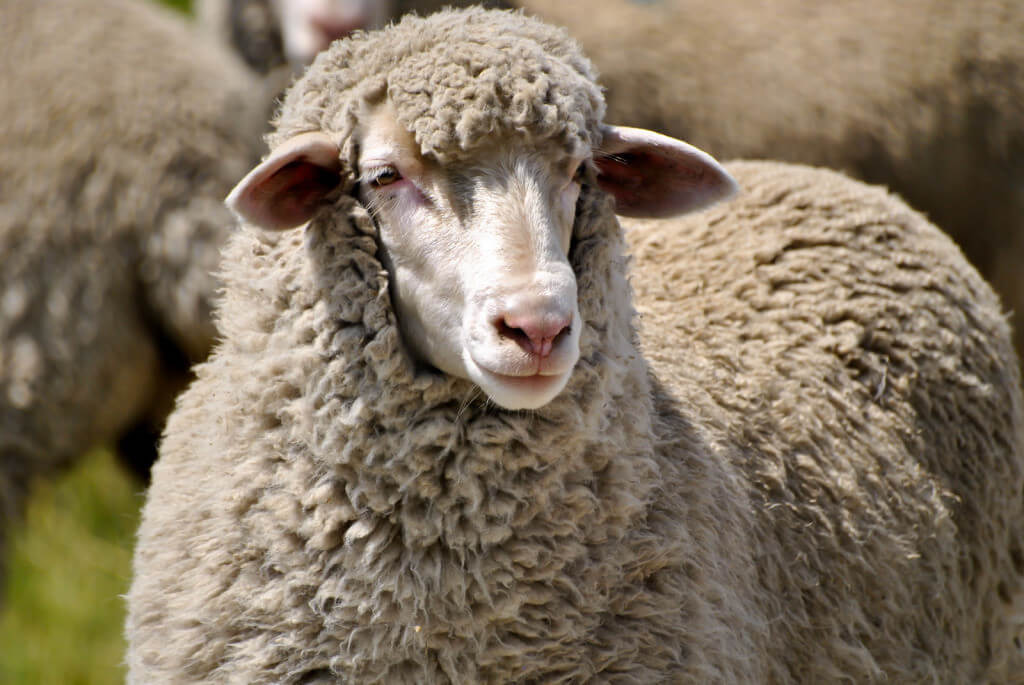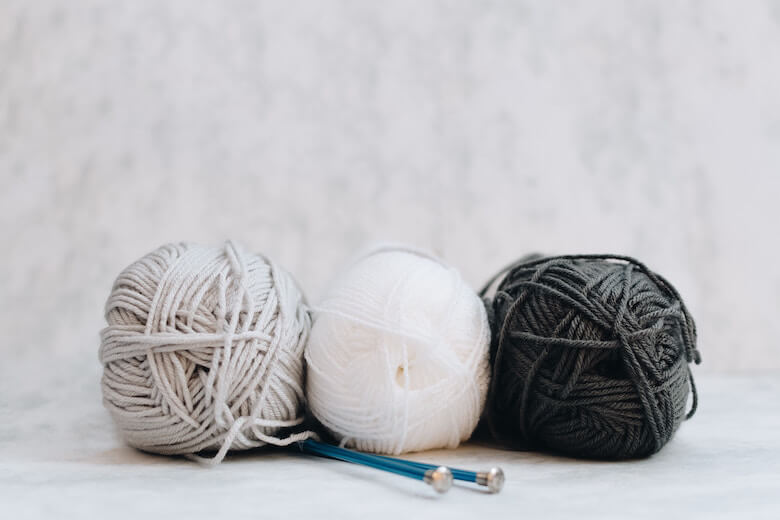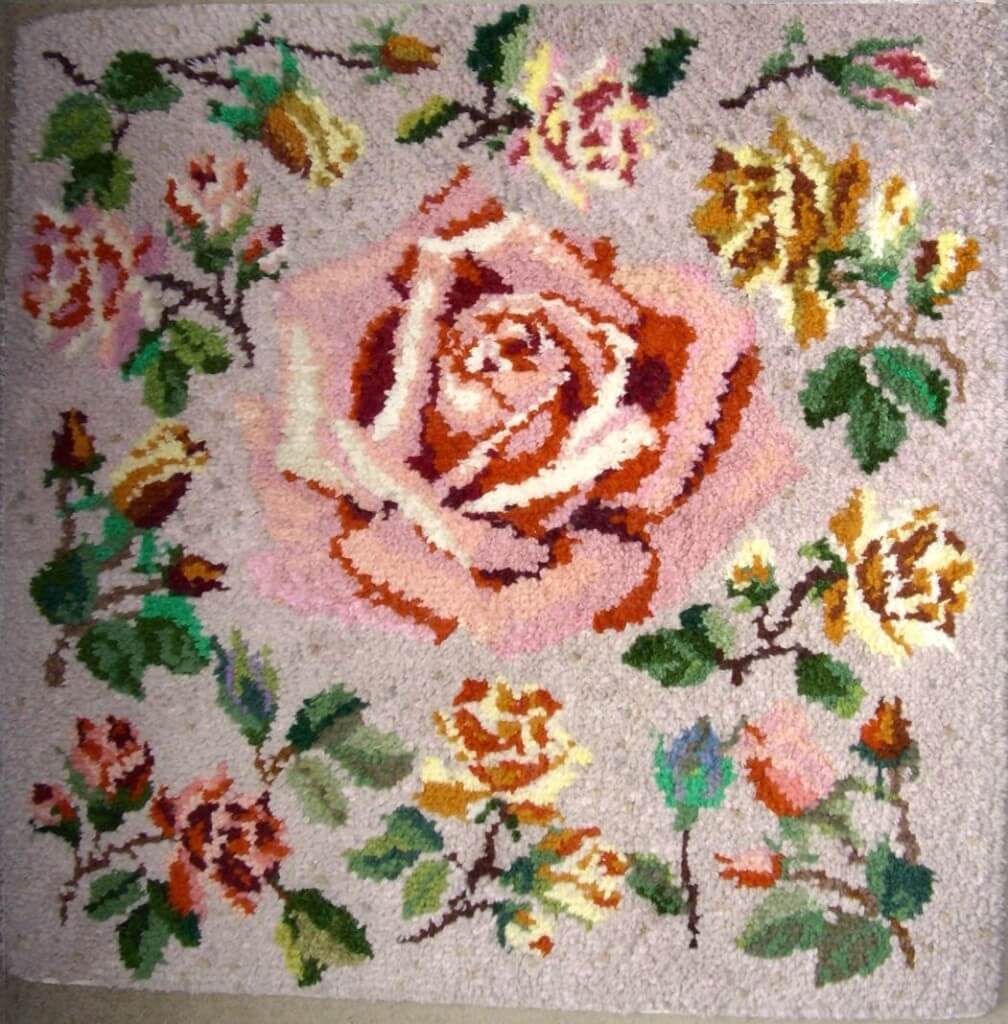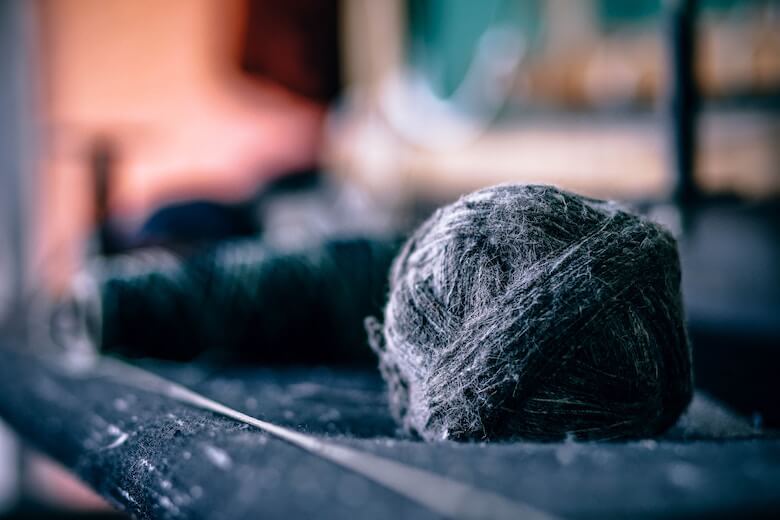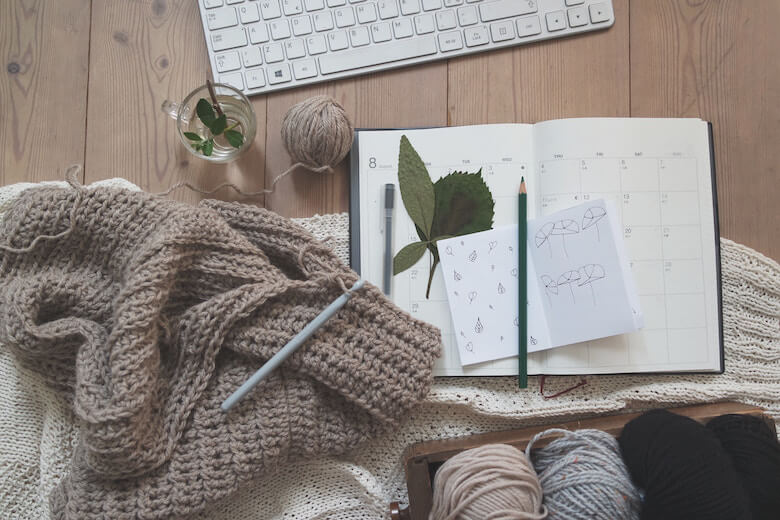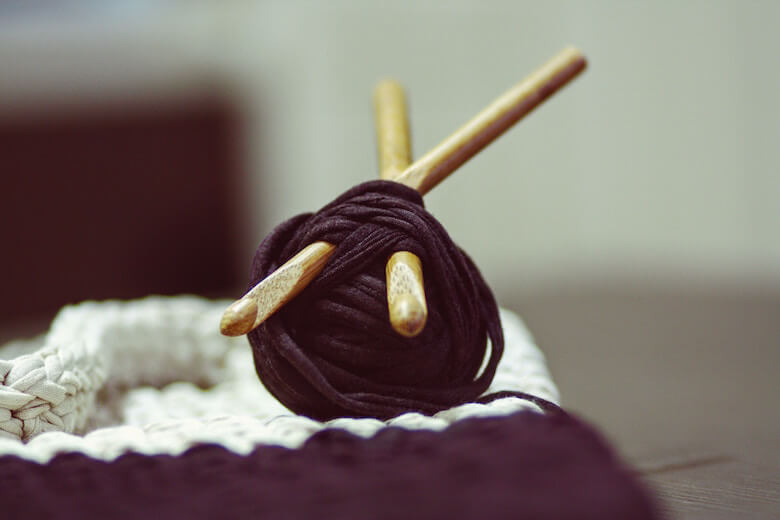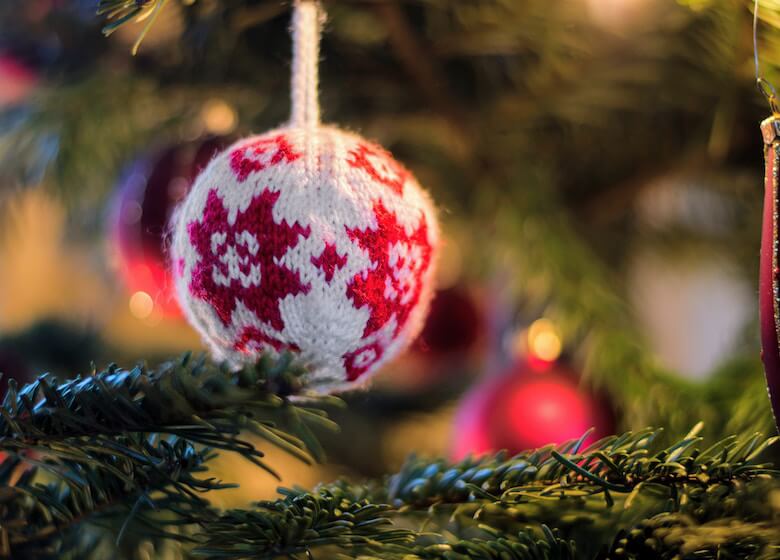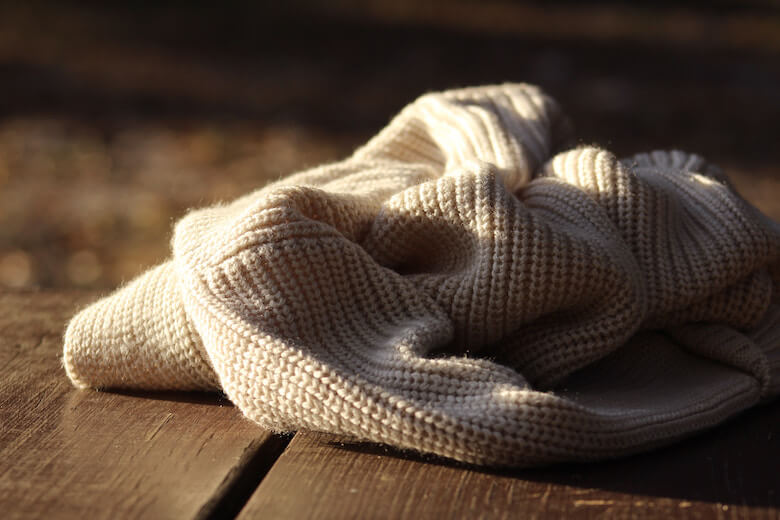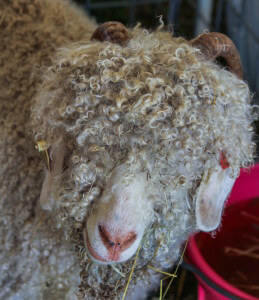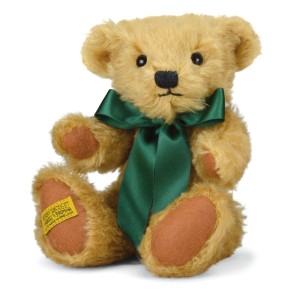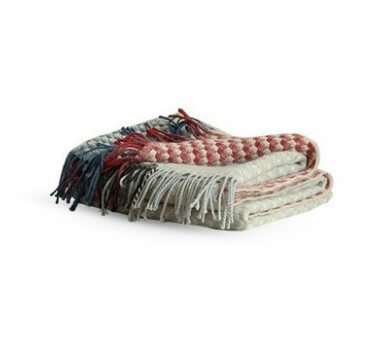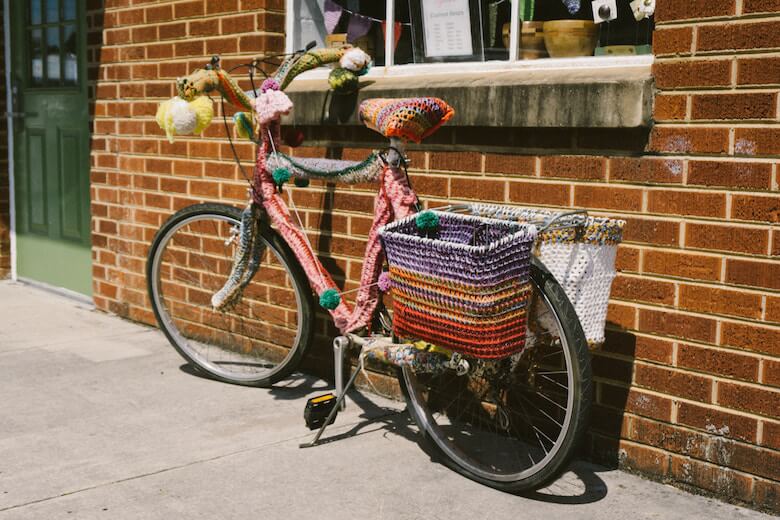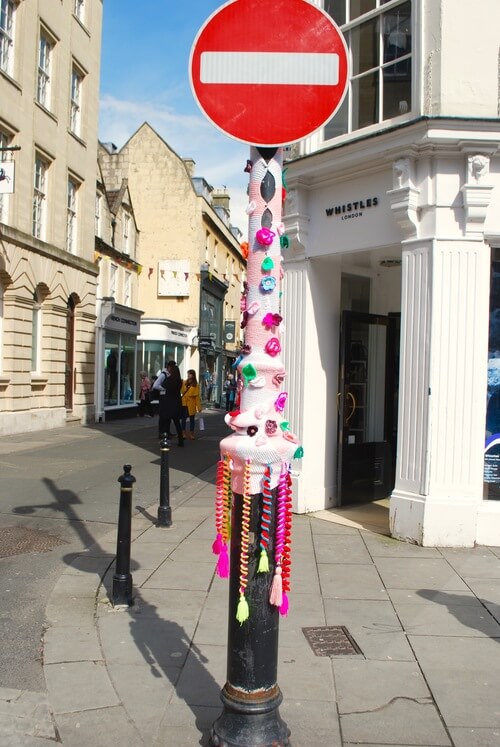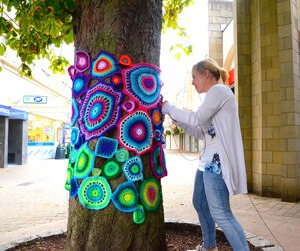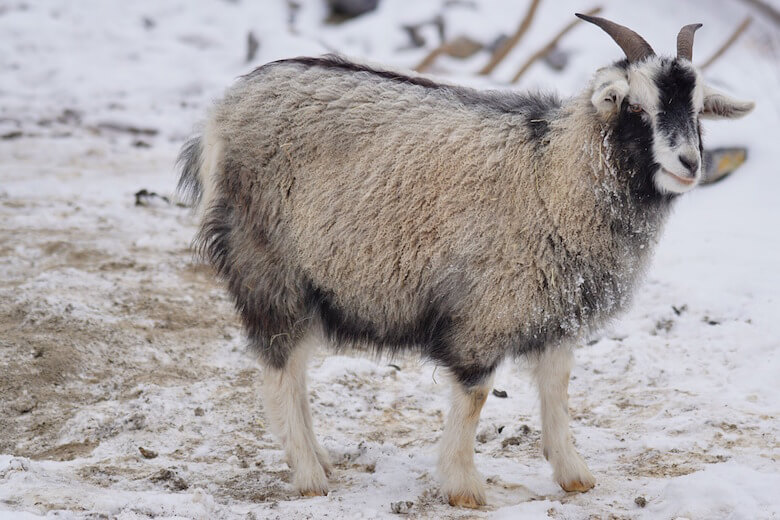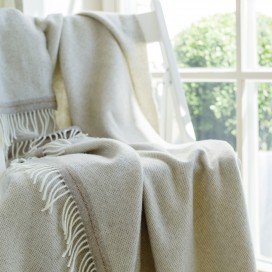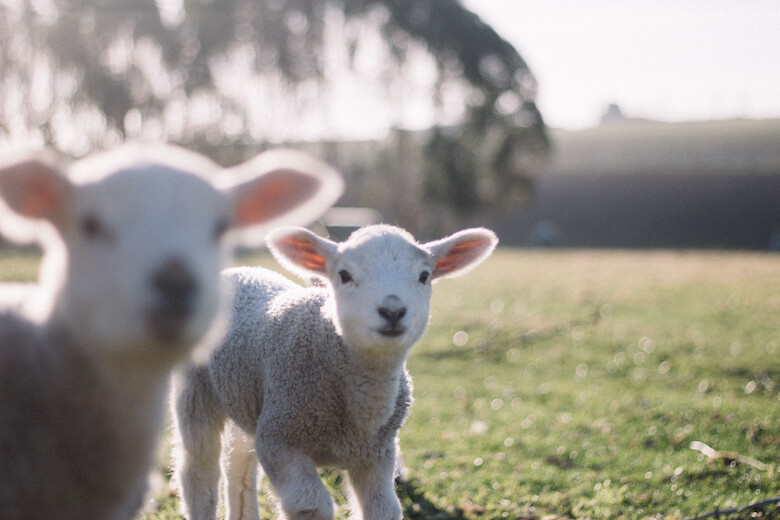Don’t know your merino from your mohair? Don’t worry, in this handy guide we’ll explain the differences between the most often-used types of wool. So you can make the right choice, whether you’re looking for a beautiful cosy blanket or a sumptuous sweater.
Mohair
Harvested from the angora goat, mohair is silky, soft and highly insulating. Often used for baby clothes, suits and blankets, mohair is resilient and dirt-resistant. Garments made from mohair have a lovely drape and the fibres take dyes particularly effectively, as well as having gorgeous natural colours.
Merino
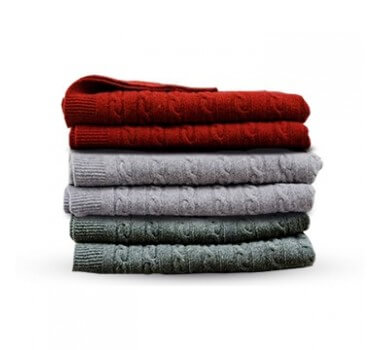
Merino sheep are generally found in Australia and New Zealand. The fibres of this wool have small scales, making it a lightweight, fine wool that is perfect for base layers and blankets thanks to its great temperature-regulating properties.
Cashmere
One of the most luxurious types of wool, cashmere comes from the supersoft under layer of wool from the Kashmir goat in India, Tibet, China and Mongolia. Thanks to its softness and warmth cashmere is beloved for its silky feel in scarves, clothing and cashmere throws. Due to its rarity it tends to be more expensive and is less durable than other types of wool.
Lambswool
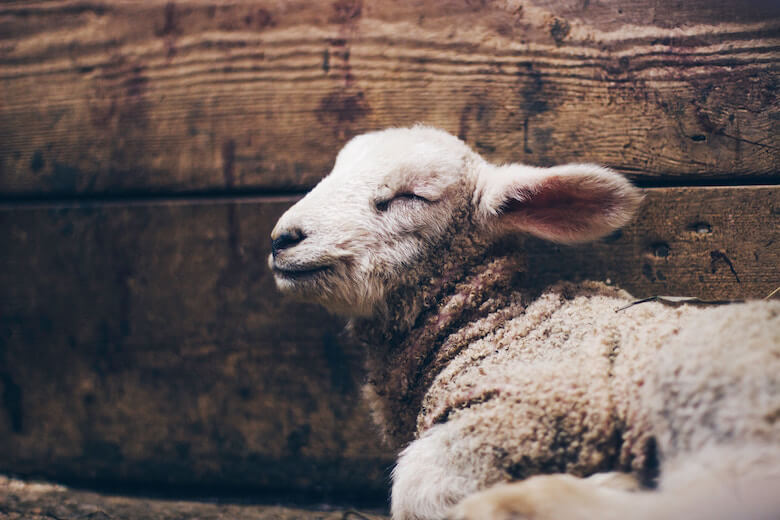
Taken from the first shearing of a lamb when they are six or seven months old, lambswool is very smooth and soft. It’s also resilient, hypoallergenic and perfect for garments that are worn next to the skin, or for bedding. It can only be harvested once, which makes it more expensive that ordinary sheep wool.
Alpaca
Once originally found in South America, fields of these fluffy, camel-like creatures are now commonplace around the world. Alpaca wool is silky and supersoft, with great insulating properties. It’s often used in blankets, knits and sportswear, and has a lovely range of natural colours. As well as being comfortable to the touch, alpaca wool is strong and pill-resistant.
Angora
Harvested from the angora rabbit, this wool is not to be confused with mohair, that comes from the angora goat. Due to its hollow fibres, angora is very lightweight and fine, and is often blended with other types of wool to make it less fragile. It has great temperature-regulating properties, is warm and cosy, and is resistant to odours.
Wool
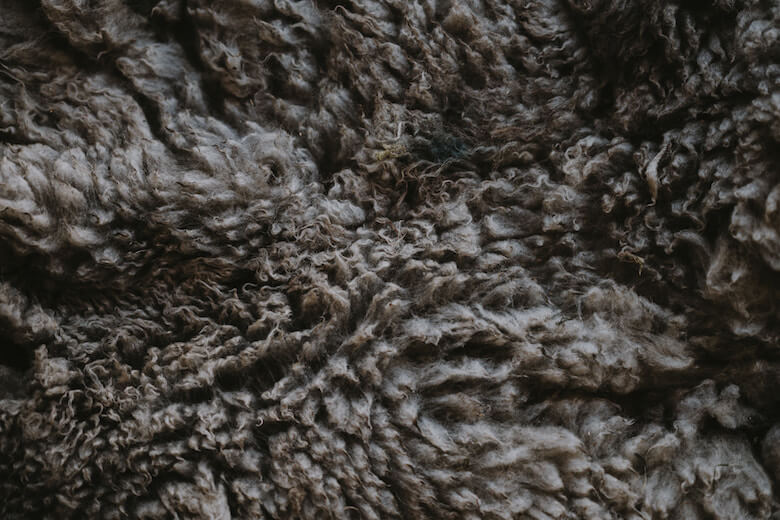
If a garment’s label lists it as composed of ‘wool’ it refers to ordinary sheep wool. The scales on this wool are larger, which can make it feel itchy, but it is cheaper and very warm, making it great for larger pieces like wool throws.


